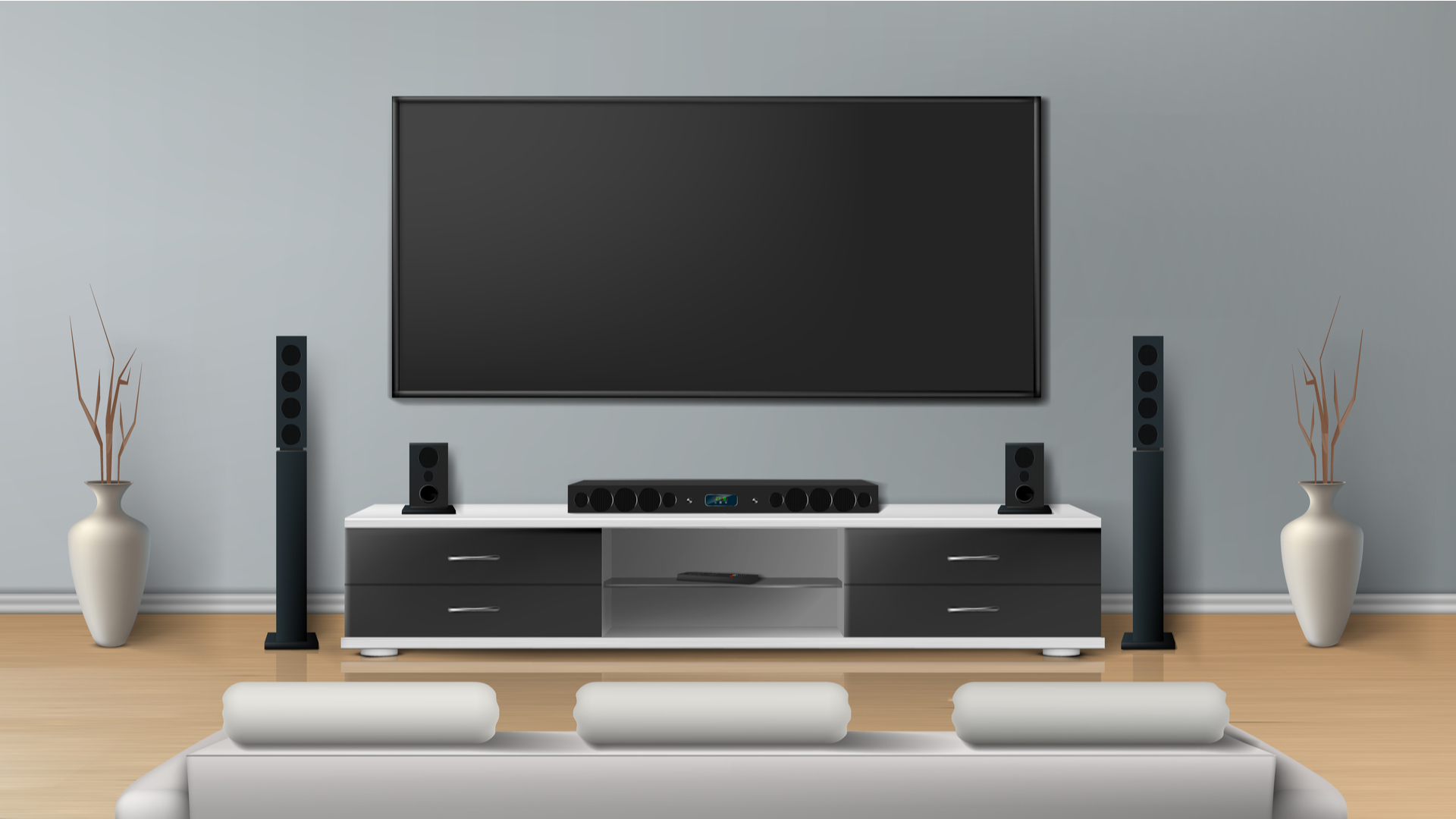How can you Install a Home Theater System during Under a Day

Establishing a theater system can change your living space into an entertainment haven, suitable for movie nights, game days, and gaming sessions. With the right setup, you can experience a theater-like environment from the comfort of your residence. In this ultimate guide to setting up a home theater, we will guide you through the necessary steps to build your dream cinema in under a day, making it an doable project for DIY enthusiasts and beginners alike.

Before diving into the installation process, there are a few key factors to keep in mind. From choosing the right video projector and audio setup to arranging the setup of your space, we will discuss what you need to know before embarking on your home cinema adventure. Whether you are in search of a simple configuration or an elaborate design with all the features and upgrades, our guide will provide you with guidelines on all aspects from technology and devices to interior layout and light setup. Get ready to improve your home viewing experience!
Residence Theater Components and Gear
When configuring your theater setup, the right components and equipment are vital for obtaining that ultimate movie experience. At the center of your configuration, you'll need a top-notch projector or television. Consider your environment and preferences when selecting between a projector, which often gives a larger image, or a TV, which can offer enhanced brightness and clarity. Consider the resolution as well, with choices ranging from HD to 4K and even 8K displays available for a truly immersive visual experience.
Next, sound is an equally crucial aspect of your home cinema. A surround sound system can enhance your film evenings, making you feel as if you're right in the thick of the action. Look for sound systems customized to your room size, and explore options such as soundbars or classic speaker setups. Depending on your likes, you can choose wired or wireless audio systems, each having its advantages and cons. Picking the right speakers and positioning in the room will substantially enhance your overall sound experience.
Finally, chairs is essential for convenience during movie marathons. Consider different options like recliners, home theater seats, or even standard sofas, verifying that they provide adequate support and comfort. https://puggaardhatcher.livejournal.com/profile of your seating should also ensure an optimal viewing angle to the screen while making space for sufficient space for movement. Don't overlook the importance of lighting as it adds to the ambiance of your cinema. Portable dimmers or smart lighting options can help create a cozy movie night environment.
Room Layout and Sound Optimization
When designing your home cinema, one of the crucial considerations is the arrangement of the space. Ideally, you want a well-proportioned space with the chairs arranged away from the walls to improve the sound experience. The display should be mounted at eye level from the primary seating, while ensuring there is enough space to avoid straining your eyes. Layers within the room, such as elevated seating, can also improve visibility for all viewers if space allows. Setting up your seating in a way that encourages comfort and engagement with the display will add to an immersive viewing experience.
Audio treatments play a critical role in improving sound quality in your personal theater. Hard surfaces can create echoes and unwanted noise; therefore, utilizing textiles like curtains, plush seating, and sound-absorbing materials can significantly optimize sound quality. Using low-frequency absorbers in the corners of the space will assist manage low-frequency sounds. Test with wall treatments and ceiling options for a balanced audio experience, keeping in mind the importance of sound diffusion over mere dampening to ensure a lively acoustic environment.
Lighting is another significant factor to consider for both the layout and sound enhancement of your home cinema. Opt for dimmable LED lamps or intelligent lighting that can be modified for different viewing scenarios. Using light-blocking shades will help reduce outside light interference, creating a more immersive atmosphere. Additionally, thoughtful arrangement of soft lighting can create a cozy ambiance and minimize harsh reflections on the display, ensuring your personal theater is not only functional but also visually inviting.
Installation and Maintenance Advice
To ensure a flawless home cinema installation, start by meticulously planning your room layout. Identify the ideal location for your projector and screen, keeping in mind the throw distance and your seating arrangement. It's crucial to have your furniture set up in a way that maximizes viewing angles while minimizing glare from windows or lights. Don't forget to account for the acoustics of your room as well; including rugs or curtains can help absorb sound and enhance the overall experience.
When it comes to the technology and equipment setup, take your time with wiring. For a professional finish, consider using hidden wiring solutions that maintain cables organized and out of sight. This not only boosts the aesthetics of your space but also limits the risk of tangling or damage. Make sure to adhere to manufacturer instructions for each component to avoid common errors during setup. If you opt to incorporate smart home technology, ensure compatibility among devices to facilitate operation through a single control system.
Maintenance is essential to prolonging the life of your home cinema system. Regularly dust your equipment and screens to maintain clearness and performance. Keep an eye on software updates for your devices, as these can enhance functionality and security. Additionally, periodically check your audio-visual cables for wear and tear, as damaged cables can significantly affect sound and picture quality. By staying proactive with maintenance, your home cinema will remain an enjoyable space for years to come.
